Explanation
The Literary Village of Kim You Jeong was established on the site of the birth home of Kim, in order to commemorate Kim You-jeong who left various great short story novels of Korea’s modern times, such as Spring, Spring (1935), and Camellia Flower (1936). It was opened in 2002, consisting of the Birth Home of Kim You-jeong, Memorial Hall, foot-operated mortar, etc. Then, in 2016, various facilities, such as Kim You-jeong’s Story House, outdoor stage, experience room, and Nangman Nuri were additionally built across the Literary Village of Kim You-jeong. The current birth home with the square-shaped structure, which is the typical hanok (traditional Korean house) style, was restored according to historical research by Kim’s relatives and students. The Memorial Hall provides information and displays artifacts related to Kim You-jeong’s life and works. Kim You-jeong’s Story House shows three-dimensional exhibits and videos related to his works and life. Various sculptures made with the themes of Kim’s short story novels are placed throughout its outside area. It is recommended to walk along the Sille Story Road after visiting the Literary Village. The Sille Story Road is a trail, which is a literature tour, consisting of the places that appeared in Kim’s novels with the background of his hometown.
Inquiry
+82-33-261-4650
Homepage
Information Use
Years experience : People of all ages
Experience Guide : 1. Hanji handcraft experience room 2. Hanbok experience room 3. Ceramic experience room 4. Folk painting experience room
Contact and Information : • 1330 Travel Hotline: +82-2-1330
(Korean, English, Japanese, Chinese)
• For more info: +82-33-261-4650
Parking facilities : Available
Day off : Every Monday, January 1st, Lunar New Year’s Day, and Chuseok Holiday)
Hours : Summer season (09:30–18:00), Winter season (09:30–17:30)
More information
Parking Fees
Free of charge
Admission Fees
Individual: Elementary school students or older: KRW 2,000, Group (more than 20 people): KRW 1,500
Available Facilities
Birth Home of Kim You-jeong, Kim You-jeong’s Story House, special exhibition hall, and outdoor stage
Restrooms
Available
Location
1430-14, Gimyujeong-ro, Sindong-myeon, Chuncheon-si, Gangwon-do

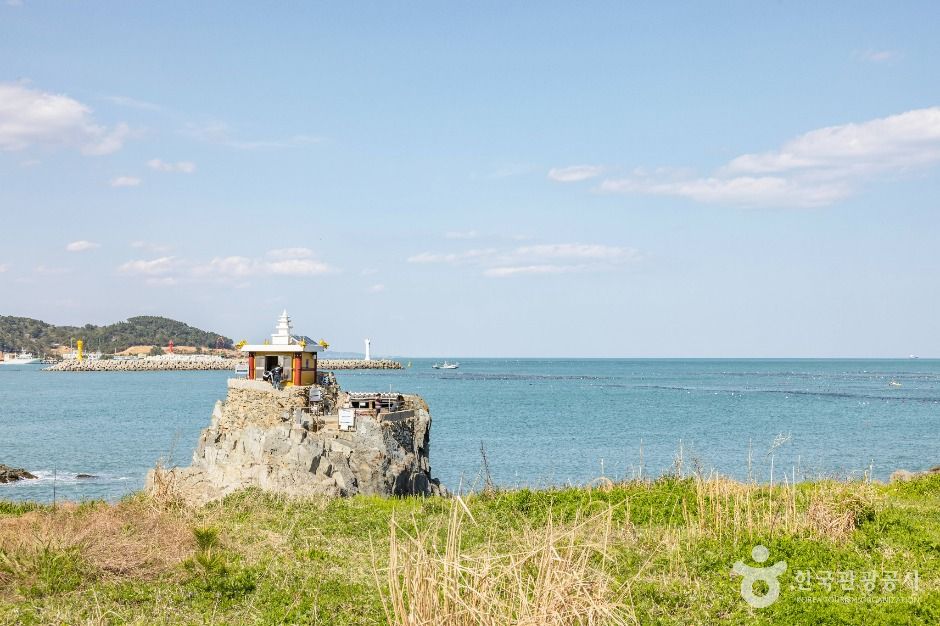
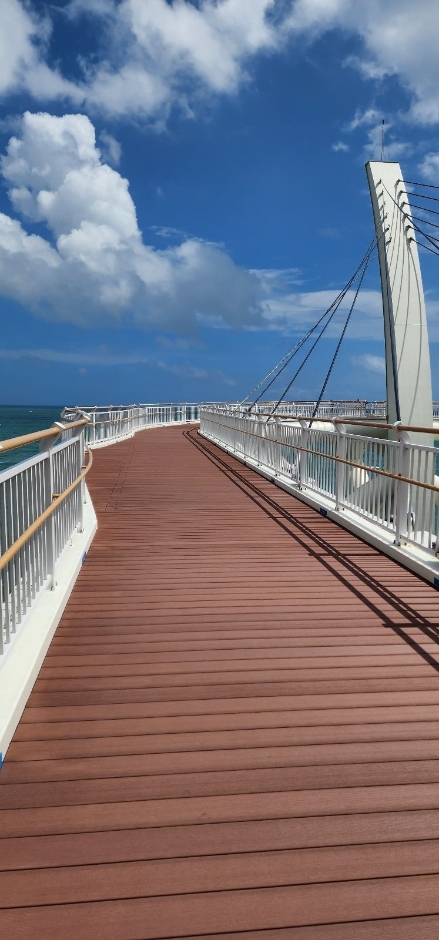
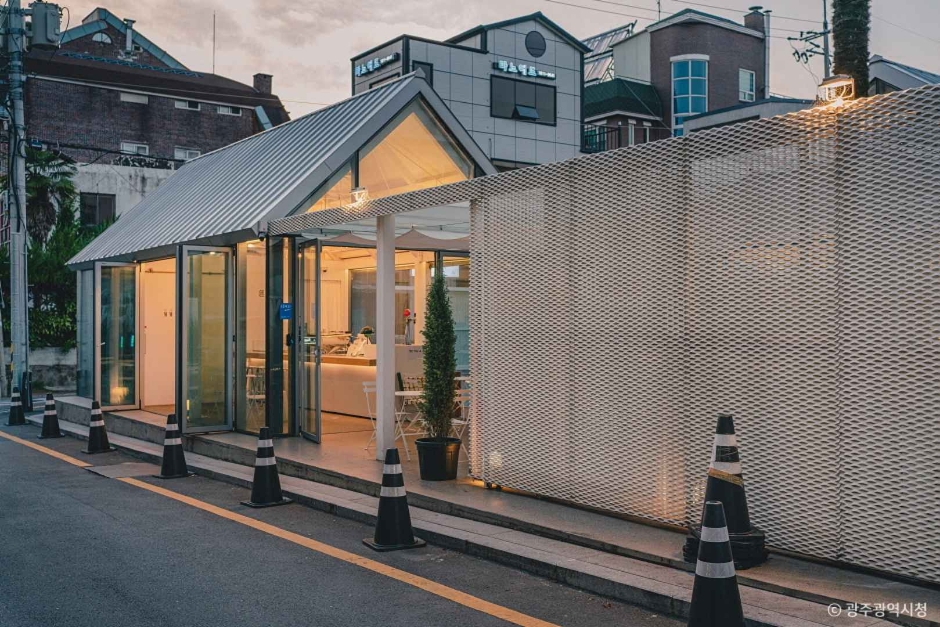
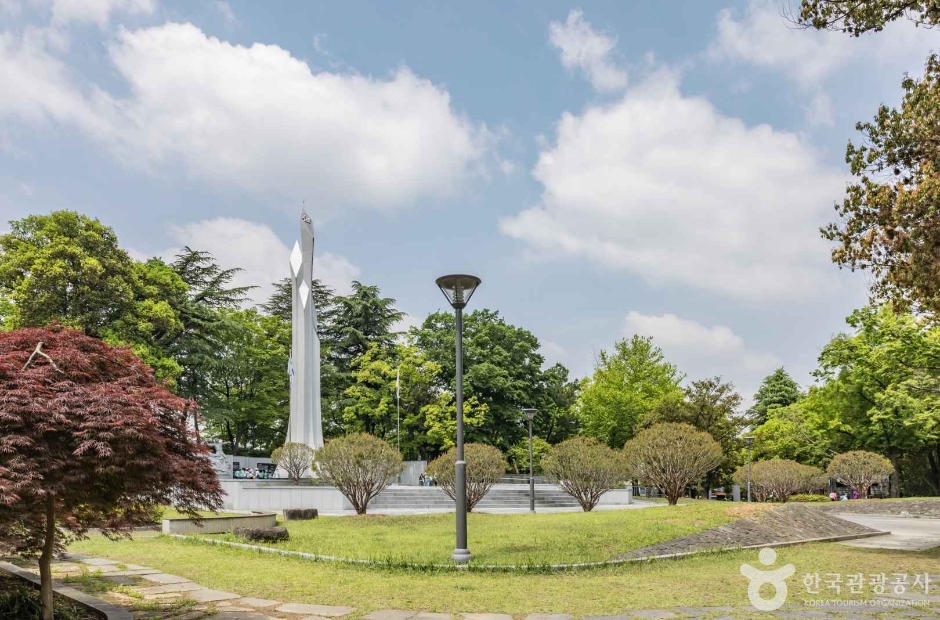
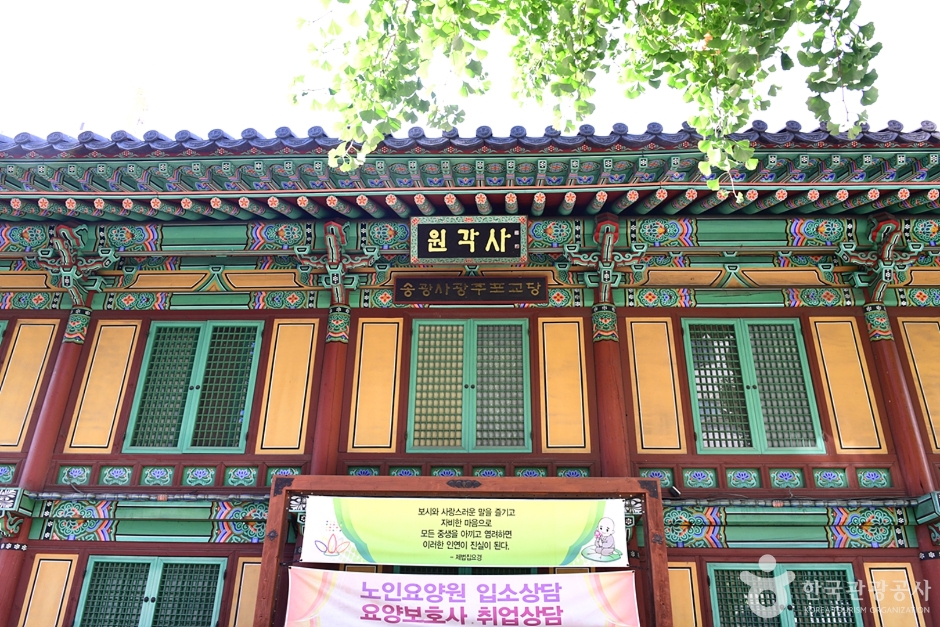
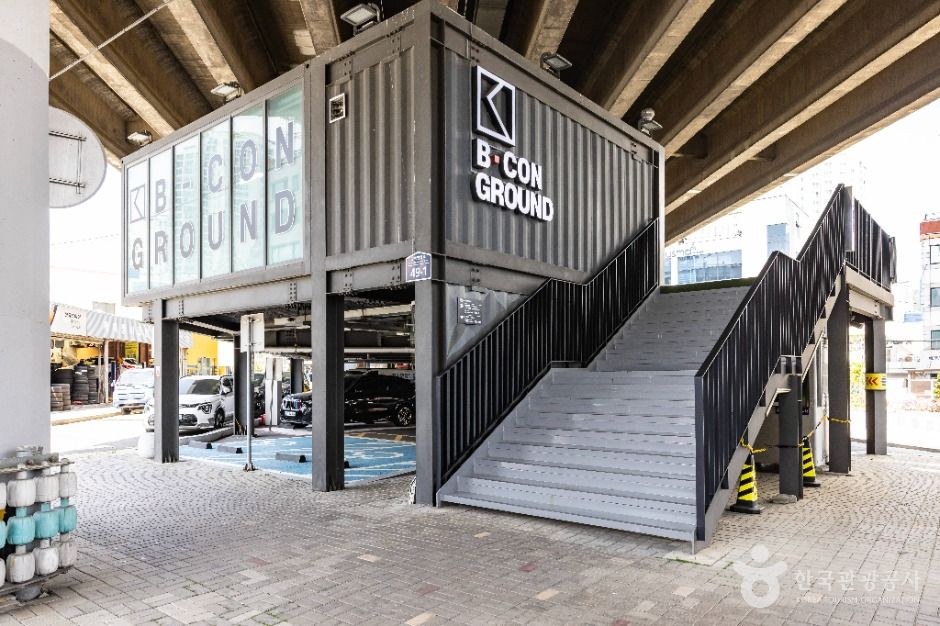

 English
English
 한국어
한국어 日本語
日本語 中文(简体)
中文(简体) Deutsch
Deutsch Français
Français Español
Español Русский
Русский